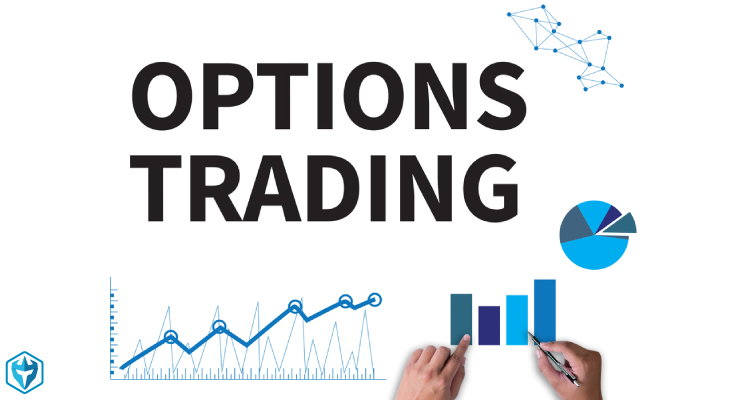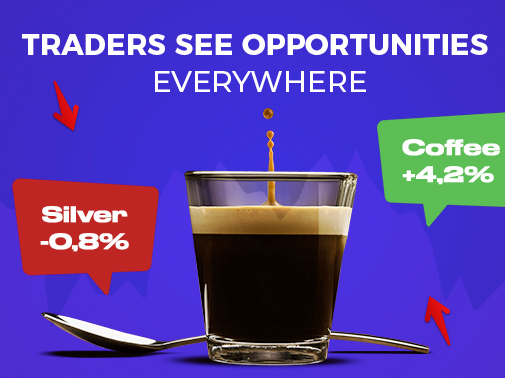Introduction:

Image: www.youtube.com
For option traders, having a well-organized and informative screen layout is crucial for success. The right combination of tools and indicators can enhance your decision-making process, allowing you to quickly assess market conditions and make informed trades. In this comprehensive guide, we will explore the essential elements that should find their place on every option trader’s screen.
Market Data and Charts:
The heart of your trading screen is market data and charts. Real-time quotes, bid-ask spreads, and historical price charts are indispensable for understanding the current state of the market and identifying trading opportunities. Consider using multiple charts to track underlying assets, option prices, and market indices. Different chart types, such as candlesticks or line charts, can provide varying perspectives on price action.
Option Chains:
Option chains display the available options for a particular underlying asset, including their strike prices, expiration dates, and premiums. You can sort and filter options based on various criteria, such as price, delta, or volatility. Option chains help you quickly compare options and identify potential trading strategies.
Technical Indicators:
Technical indicators are mathematical tools that can help you identify trends, momentum, and support and resistance levels. Some popular indicators for option trading include moving averages, Bollinger Bands, and the Relative Strength Index (RSI). By incorporating these indicators into your screen layout, you gain valuable insights that can inform your trading decisions.
Risk Management Tools:
Risk management is paramount in option trading. Ensure you have real-time displays of your portfolio value, profit and loss, and margin requirements. These tools help you monitor your risk exposure and adjust your trading positions accordingly. Consider integrating stop-loss and take-profit orders into your trading platform to protect your capital.
News and Sentiment:
In addition to technical analysis, it’s essential to stay abreast of news and market sentiment. Economic events, company announcements, and geopolitical developments can significantly impact option prices. Monitor news feeds and social media platforms to gauge market sentiment and make informed trading decisions.
Volatility Indicators:
Volatility is a crucial factor to consider when trading options. Incorporate volatility indicators such as the Volatility Index (VIX) or historical volatility charts into your screen layout. These indicators provide insights into market volatility and can help you adjust trading strategies accordingly.
Customization:
Your trading screen should be tailored to your specific trading style and preferences. Experiment with different arrangements and configurations to find what works best for you. Most trading platforms offer customization options, allowing you to add, remove, or rearrange the tools and indicators on your screen.
Expert Insights:
To enhance your trading knowledge and strategies, consider following reputable trading experts and incorporating their insights into your screen layout. Some experts may offer proprietary indicators, custom watchlists, or educational resources that can improve your understanding of option trading.
Conclusion:
A well-organized and informative trading screen is an indispensable asset for option traders. By carefully selecting the right tools and indicators, you can gain valuable insights, monitor risk exposure, and stay informed of market conditions. Remember to customize your screen to suit your specific trading style and preferences. With a well-designed screen, you can enhance your decision-making process and increase your potential for success in the fast-paced world of option trading.

Image: eminimind.com
What To Put Ito Your Screeer For Option Trading

Image: www.warriortrading.com






